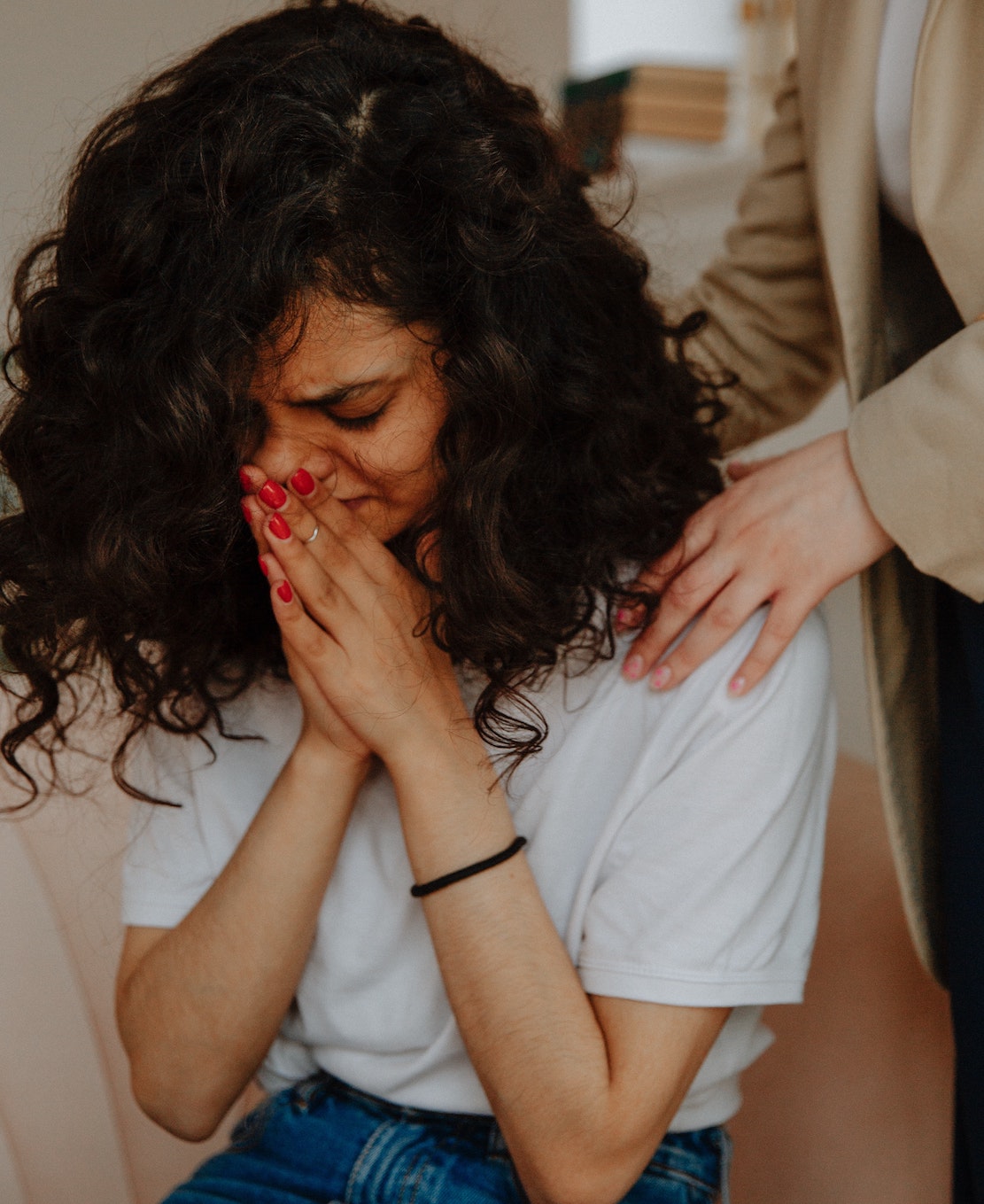‘The Best Tool We Have’ for Self-Harming and Suicidal Teens
 Parents seeking therapy for teenagers who self-harm or suffer from anxiety, depression or suicidal thoughts face an imposing thicket of treatment options and acronyms: cognitive behavioral therapy (C.B.T.), parent management training (P.M.T.), collaborative assessment and management of suicidality (CAMS), acceptance and commitment therapy (ACT) and others.
Parents seeking therapy for teenagers who self-harm or suffer from anxiety, depression or suicidal thoughts face an imposing thicket of treatment options and acronyms: cognitive behavioral therapy (C.B.T.), parent management training (P.M.T.), collaborative assessment and management of suicidality (CAMS), acceptance and commitment therapy (ACT) and others.
Each approach can benefit a particular subset of people. But for teenagers at acute risk for self-harm and suicide, health experts and researchers increasingly point to dialectical behavior therapy, or D.B.T., as an effective treatment.
“As of this moment, it’s probably the best tool we have,” said Michele Berk, a child and adolescent psychologist at Stanford University.
In a 2018 study in the journal JAMA Psychiatry, Dr. Berk and her colleagues found that D.B.T. led to sharper drops in suicidal attempts and self-harm among adolescents than a more generalized therapy did. A 2014 study by researchers in Norway found a similar effect, noting that the therapy also has a relatively low dropout rate, and concluded that “it is indeed possible for adolescents to be engaged, retained, and treated” using D.B.T. The therapy is also identified as a key evidence-based treatment by the American Academy of Pediatrics. If anything, Dr. Berk said, D.B.T. “is not available enough.”
How D.B.T. works
Dialectical behavior therapy is a subset of cognitive behavioral therapy, which aims to reframe a person’s thoughts and behavior. D.B.T. focuses initially on behavior and raw emotion, helping the individual surmount moments of crisis and understand what prompted the behavior in the first place.
D.B.T. is intensive. The fullest version of the program, which can take six months to a year to complete, has four components: individual therapy for the teenager; group therapy; training for teenagers and their parents to teach emotional regulation, and phone access to a therapist to help during a crisis.
Medication
Medication is a source of tension among experts in adolescent mental health, who note that drugs can be too easily prescribed, or prescribed in combinations with unknown side effects. But they can be vital as one tool to stabilize an adolescent.
“The medication really helps take the edge off,” said Dr. Berk of Stanford. “But there’s no medication for suicidal behavior. The medication is for depression and anxiety, and the patient needs to learn other behavioral skills that the medication does not teach you.”
Various versions
Slimmed-down versions of D.B.T. exist, and they may also work for adolescents experiencing self-harm and suicidal tendencies, experts said. But, these experts cautioned, many of these emerging variations have not been studied with the same rigor as the fuller treatment.
Anecdotally, adolescents who have had some D.B.T. or C.B.T. training appear better equipped to deal with distress and suicidal feelings, according to Dr. Stephanie Kennebeck, a pediatric emergency room doctor at Cincinnati Children’s Hospital who has researched therapeutic approaches to suicidal impulses.
Therapy for parents, too
In D.B.T., the adolescent isn’t the only one learning. Parents are trained to validate the feelings of their teenagers, as irrational as those feelings may seem.
“The mistake parents make, even well-meaning and loving parents, is to minimize the feelings,” Jill Rathus, a psychologist practicing in Long Island said. Telling a distraught adolescent “to just go for a walk, or focus on schoolwork, is like telling them to climb Everest.”
She said that the adolescent cannot hear the words, and they quickly “learn not to trust” strong feelings or emotions. Parents take group classes where they are guided to understand what teenagers are going through and taught specific ways to address the distress.
Excerpted from “‘The Best Tool We Have’ for Self-Harming and Suicidal Teens” in The New York Times. Read more about how DBT works, therapy costs, other therapeutic models, and more in the full article.
Source: The New York Times | The Best Tool We Have’ for Self-Harming and Suicidal Teens, https://www.nytimes.com/2022/08/27/health/dbt-teens-suicide.html | © 2022 The New York Times Company
If you have concerns about your child or teen, CHC Care Coordinators can arrange a free 30-minute consultation so you can explore options with an expert. We invite you to call or email us at 650.688.3625 or careteam@testing.chconline.org to set up an initial Parent Consultation appointment. CHC teletherapy services are available now.





